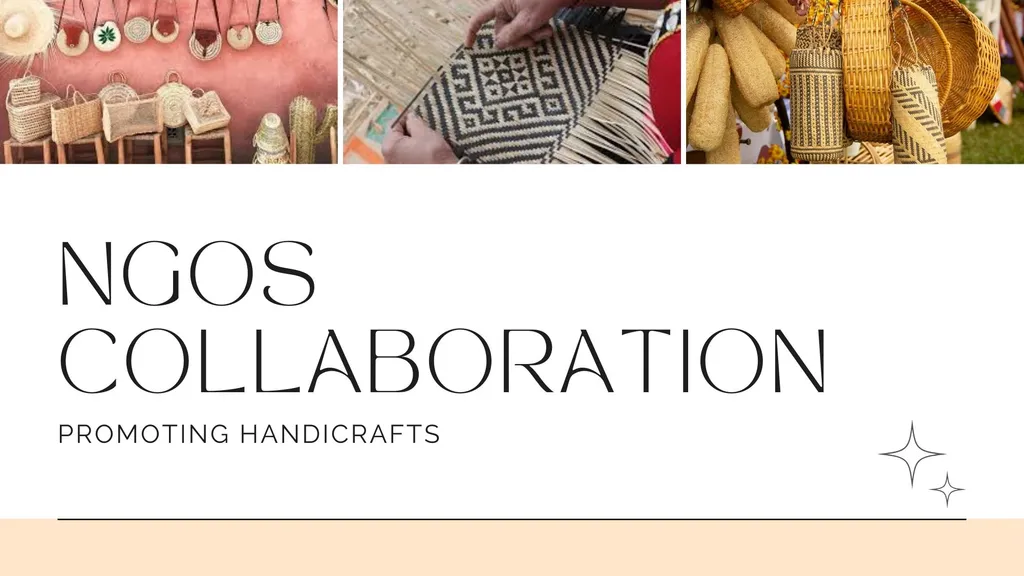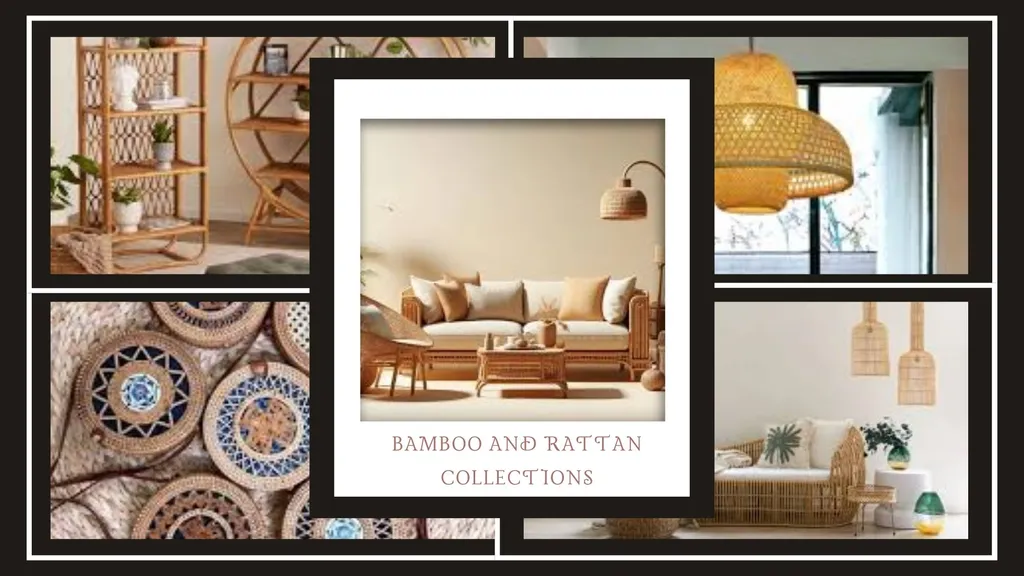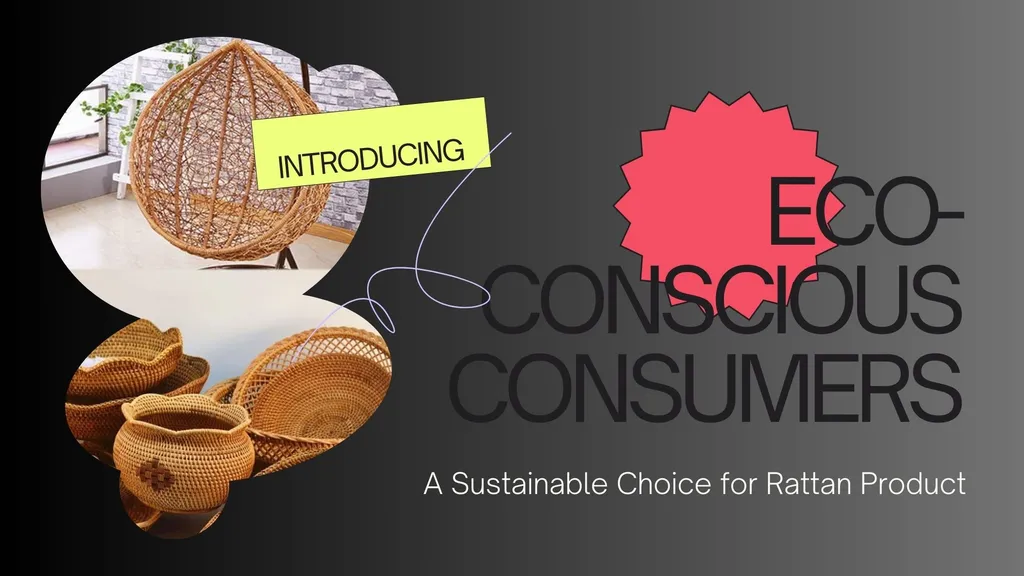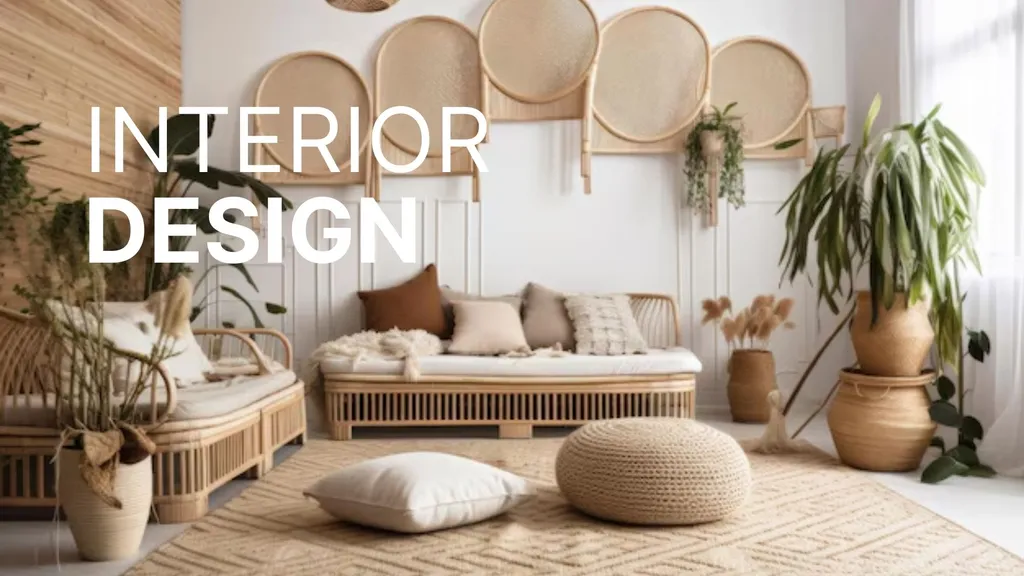Contents
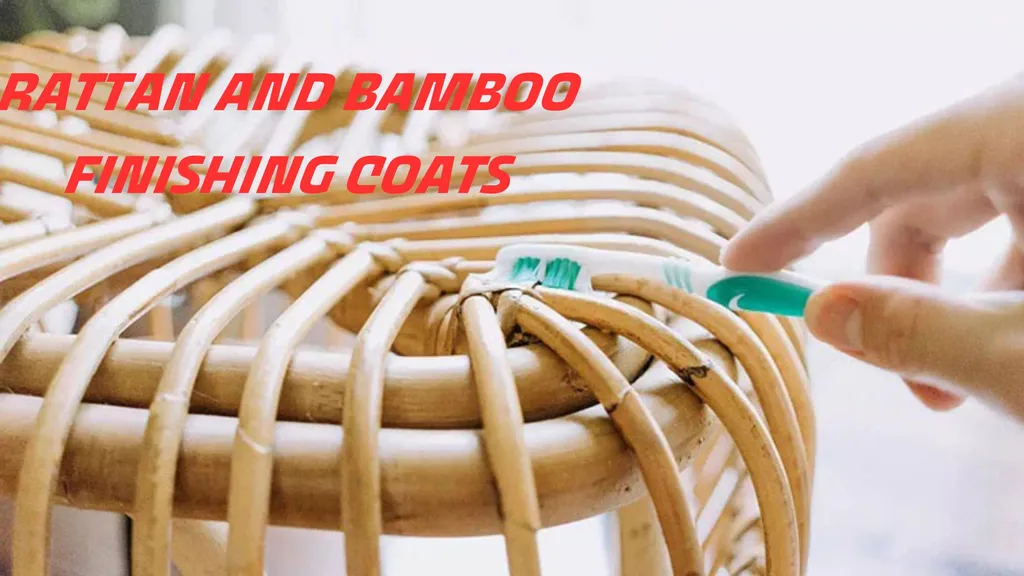
Rattan and bamboo are nature’s masterpieces, blending sustainability, durability, and timeless elegance. These eco-friendly materials have surged in popularity for furniture design, offering a perfect balance of style and environmental responsibility. Finishing coats play a vital role in preserving their natural charm, enhancing longevity while keeping their organic allure intact. From natural oils to durable varnishes, each finishing technique ensures rattan and bamboo furniture remains both stunning and sustainable.
Why Rattan and Bamboo Matter in Sustainable Design
Rattan and bamboo are champions of eco-conscious design. Their rapid renewability—bamboo matures in just a few years, and rattan regenerates without replanting—makes them ideal for sustainable manufacturing. Unlike hardwoods, which can take decades to grow, these materials reduce environmental impact while supporting local economies and traditional craftsmanship. Their versatility shines in designs ranging from minimalist to intricate, making them a favorite for ethical, stylish furniture that doesn’t compromise on functionality.
Benefits of Rattan and Bamboo Furniture
Rattan and bamboo bring unmatched advantages to furniture design:
Sustainability: Harvested without harming ecosystems, these renewable resources help conserve hardwood forests.
Aesthetic Versatility: Their natural hues and textures suit both modern and traditional styles, adding warmth to any space.
Durability: Bamboo’s tensile strength rivals metals, while rattan’s flexibility ensures lasting, comfortable designs.
Low Maintenance: Minimal upkeep makes them ideal for busy lifestyles.
Health Benefits: Bamboo’s natural antibacterial properties promote cleaner, allergen-free environments.
Choosing rattan and bamboo supports a greener planet and elevates living spaces with eco-friendly elegance.
Environmental Impact of Harvesting
Harvesting rattan and bamboo is a model of environmental stewardship. Their rapid growth and minimal ecological footprint offer significant benefits:
Carbon Sequestration: Bamboo absorbs up to four times more CO2 than hardwoods, aiding climate change mitigation.
Soil Health: Extensive root systems prevent erosion and improve soil quality, especially in flood-prone areas.
Water Conservation: Dense foliage reduces runoff, supporting efficient water use in arid regions.
Biodiversity: Sustainable harvesting promotes native flora and fauna, preserving ecosystem balance.
These qualities make rattan and bamboo key players in sustainable resource management.
Types of Finishing Coats
Finishing coats enhance the durability and beauty of rattan and bamboo. Here are the primary options:
Natural Oils: Linseed or tung oil penetrates fibers, offering a natural sheen and moisture resistance while highlighting organic patterns.
Varnish: Polyurethane creates a tough, protective layer, ideal for high-wear furniture, with gloss levels to suit any aesthetic.
Lacquer: Clear lacquers provide a smooth, moisture-resistant finish, perfect for humid environments.
Water-Repellent Coatings: Essential for outdoor furniture, these protect against harsh weather conditions.
Waxes: Beeswax adds a soft sheen and repels dirt, maintaining a tactile, natural look.
Each finish preserves the material’s beauty while ensuring it thrives in diverse settings.
Application Techniques
Applying finishing coats requires precision to maximize beauty and protection:
Surface Preparation: Clean thoroughly and sand with fine-grit sandpaper (220-320) for a smooth base.
Choosing a Finish: Select stains for color enhancement or clear sealers like polyurethane or tung oil for protection.
Application: Use brushes for even varnish/lacquer coats or spray for intricate designs. Apply thin layers, following the grain.
Drying and Sanding: Allow each coat to dry (1-4 hours for water-based, longer for oil-based). Sand lightly between coats.
Final Coats: Apply 2-3 coats for optimal durability, curing for several days before use.
Maintenance: Regular cleaning and periodic reapplication preserve the finish.
These steps transform raw materials into enduring, beautiful pieces.
Maintaining Finishes for Longevity
Proper maintenance ensures rattan and bamboo furniture stays vibrant:
Regular Cleaning: Dust with a soft cloth or use mild soap and water, avoiding harsh chemicals.
Sun Protection: Position furniture away from direct sunlight or use UV-protective finishes to prevent fading.
Humidity Control: Maintain stable humidity to prevent warping.
Reapplication: Inspect and reapply finishes every few years, depending on wear.
Furniture Covers: Use covers in harsh weather to protect outdoor pieces.
These practices extend the life and allure of your furniture.
Innovations in Finishing Technologies
Advancements in eco-friendly coatings are revolutionizing rattan and bamboo finishes:
Bio-Based Resins: Renewable, low-VOC finishes enhance protection without environmental harm.
Biodegradable Formulations: Natural dyes and sealers decompose safely, preserving material beauty.
Antimicrobial Coatings: Protect against bacteria and fungi, ideal for indoor health.
Advanced Application: Spray systems ensure even coverage with minimal waste.
These innovations align with sustainable design, ensuring rattan and bamboo remain eco-conscious choices.
Rattan and bamboo furniture embodies sustainability, beauty, and durability. With the right finishing coats and maintenance, these materials shine as timeless additions to any space. At Ethical Handicraft Manufacturer (EHM), we craft pieces that celebrate nature’s elegance while prioritizing eco-friendly practices, ensuring your furniture is both stunning and sustainable.


